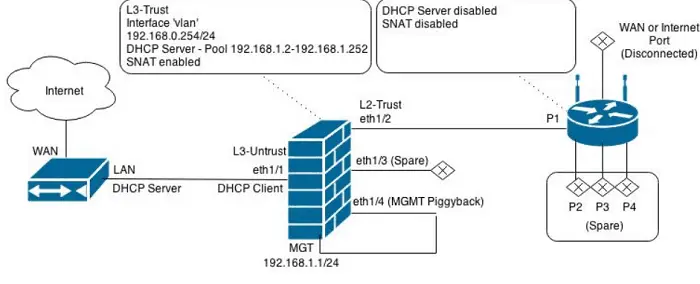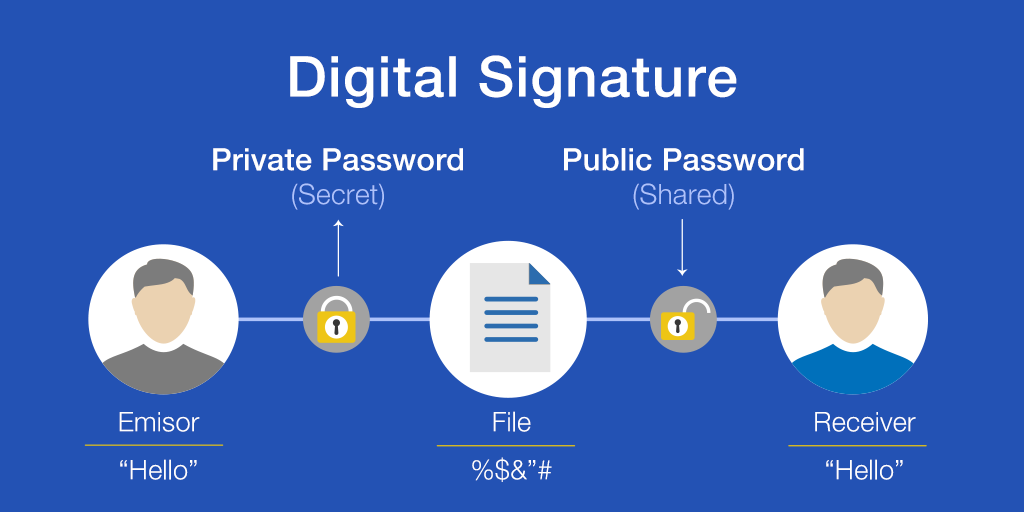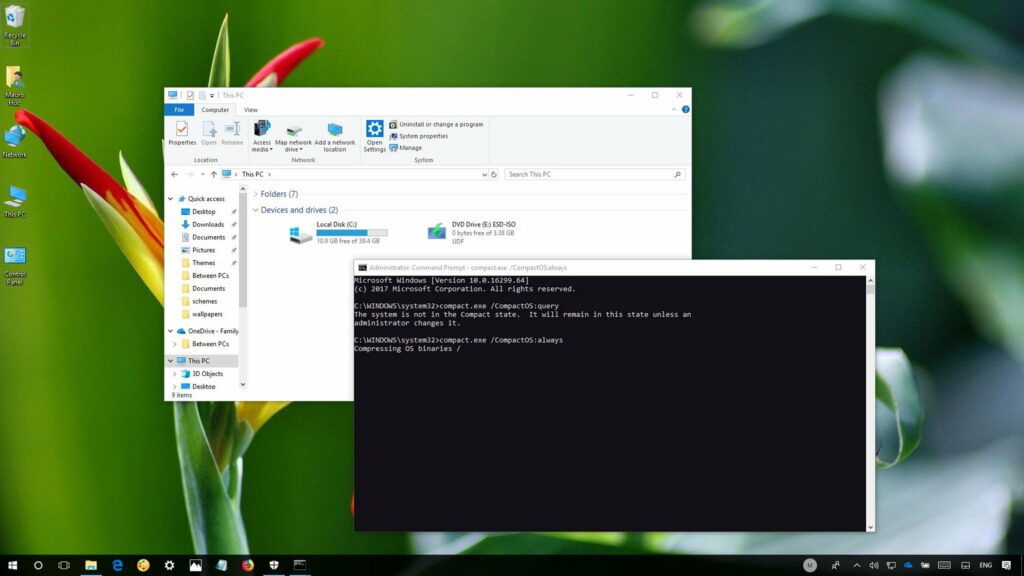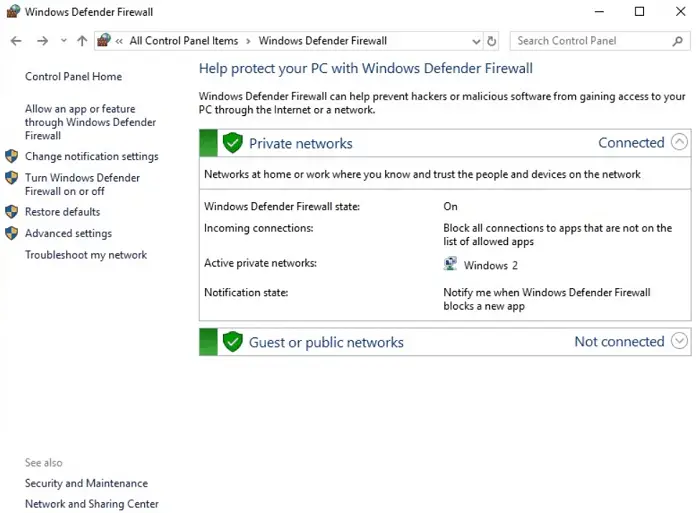Several files are existent on our systems from time to time. Some of these regulate the working of our policies. Others don’t but still are necessary for smooth functioning. We’re going to discuss something similar called the Wireless PAN DHCP server.
Doesn’t it happen with all of us, that while going through your files, you find some suspicious files? Or when you’re prepping for a backup, you come across something that you don’t recall downloading?
What happens then, is that we get mistrustful and end up deleting something we shouldn’t have. What I am trying to tell you is, it’s necessary to know your system and its contents. To be able to distinguish between harmful and harmless. That is why we’re going to start with understanding the Wireless PAN DHCP server. Let us see what I have in store for you all.
See Also : How to Perform AT&T U-verse Login [Complete Guide]
Table of Contents
Define Wireless PAn DHCP Server
Let us try to break down the Wireless PAN DHCP server into smaller segments to figure the meaning out.
From the first word itself, we can deduce that its something related to the wireless network. Partially, it is. A PAN is a short form for the Personal Area network, A system arranged for an individual’s personal use.
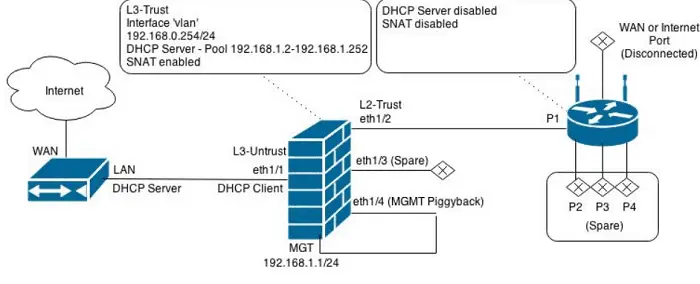
DHCP is a set of rules which are there to see over the allocation of IPs automatically. And, the server? Well, it is a machine/ group of machines which serve as a central place for all the operations.
So the Wireless PAN DHCP server is a container of all that. You are putting it more formally, its a product born and brought up by the Giant Intel. You may encounter it on your system if you have the Intel’s Wireless wifi or the Intel’s PROset.
Remember, in the old days, you had to get MS office suits to run it on your systems? Well, the Intel’s software I mentioned above is a sort of that as well, and the DHCP server comes along with the software and its files and settings.
See Also : What Is Beacon Interval, And What Should I Set It To?
Understanding the Server If Connected to Your System
To tell you more about the Wireless PAN DHCP server, let’s start from the form it may have on your system. You may find a file which will have a name PanDhcpDns with an extension ‘.exe.’ The extension indicates that it is an executable file. You should be careful while handling data of that sort.
The reason being, it’s not very hard for viruses to mix up with these files without humans detecting them. So we should tally some standard things about executable files of Wireless PAN DHCP SERVER. To rule out the file being anything but original.
If the Wireless PAN DHCP server file on your system has other properties, then you could consider deleting them.
Properties of Wireless Pan DHCP Server
The following are a few properties of Pan DHCP Server. Let’s have a look at them.
Location
The original harmless file will reside inside the bin folder. First of all, you have to go to program files in the C drive. Thence, to the intel folder, to wifi, thereon, and then you will spot bin. If you have the Wireless PAN DHCP sever file anywhere else, it could be potentially harmful.
See Also: What Is The AP Isolate Switch? | Easy And Updated Guide
Signature
To protect the file from all kinds of forgeries, the makers have signed it digitally.
File Size
The size of the file is near about 340,000 bytes for most variants of Windows OS.
You can go on and delete it from the control panel. Like other programs and files, if you want to. There aren’t any additional hassles.
See Also : Update Netgear Router’s Firmware | Netgear Router Firmware Update
What to do If Any Issue Occurs with Wireless PAN DHCP Server?
I wouldn’t suggest you play around with the system files, but in case you do mess up somehow. Or some errors materialize from somewhere, what would you do then?
The first sign that something is wrong with your DHCP server is when your system starts hanging. Sluggish processing speed is an indicator that some disturbing elements must have entered.
What people do in these situations is that they reset everything. In my opinion, that is not the right approach. Try to figure out what’s gone wrong with the Wireless PAN DHCP server, and try to resolve it afterward.
The best way is to get rid of the file or software that you think might have caused the error/virus outbreak.
Also, try to analyze if there are any copies of the Wireless PAN DHCP server file. If they are, delete the ones that don’t possess the properties that I discussed above. They could harm your system, like leak the information, damage the disk, etc. It depends upon the nature of the files.
There is one essential thing you should bear in mind. It is that whenever your file starts behaving abnormally, remove it from your system. Then find a reputed site and download it from there.
You can follow the mantra even when you end up deleting the Wireless PAN DHCP server file, accidentally.
See also: Dodo Modem Login Guide | Dodo Router IP Address &Password
FAQs
What does a wireless pan DHCP server do?
Wireless pan DHCP server helps distinguish the fewer files from the harmful ones and helps increase the security of your system.
How can I identify the wireless pan DHCP server?
A file with the.exe extension is a wireless pan DHCP server.
Where can I find the wireless pan DHCP server?
You can find the wireless pan DHCP server in the bin folder of program files. It will only be present in that particular folder. If not, it can harm your device.
What is the size of the wireless pan DHCP server?
While downloading, the file size of the wireless pan DHCP server will be 34,000 bits.
Conclusion
So that was information on today’s topic i.e., Wireless PAN DHCP server. Something more on the complicated side if you compare it with the previous issues. But I have tried to break everything down to fragments, thus making it easier to grasp. So go on with it. Read it twice if you have to. Because once you understand it, it’ll surely attract your interest.
Keep visiting us for more such articles.
See Also : How to Perform Time Warner Router Login [Complete Guide]

Learn everything that is related to Router Login, IP Addresses in an extremely simple way. Also get access to all the usernames and passwords of different routers.

